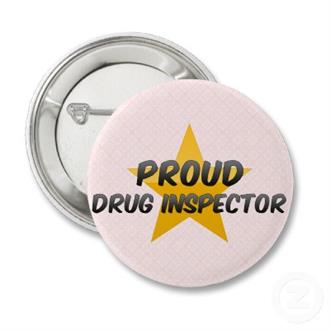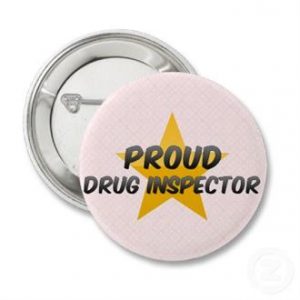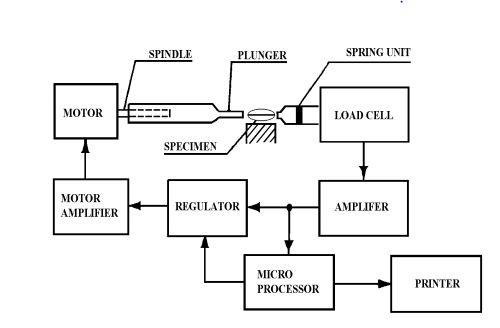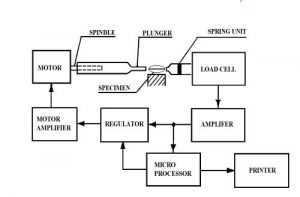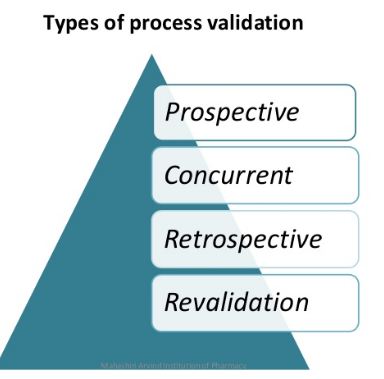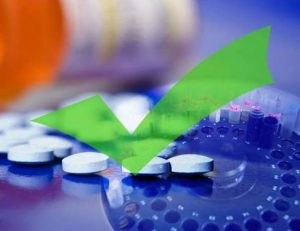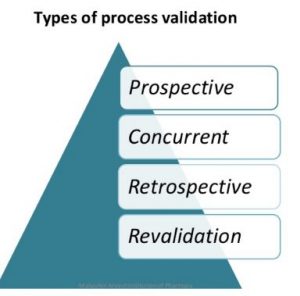SCALE UP & POST APPROVAL CHANGES (SUPAC)
The scale-up process and the changes made after approval in the composition, manufacturing process, manufacturing equipment, and change of site have become known as Scale-Up and post approval Changes, or SUPAC.
Intellectual Property Rights {IPR} & Regulatory Affairs
In the process of developing a new drug product, the batch sizes used in the earliest human studies are small. As one proceeds through Phase 1 testing (i.e., the first introduction of a new chemical entity to humans), Phase 2 (discovering an indication for use), and Phase 3 (determining dose, side-effect profile, etc.), the size of the batches is grSadually increased. When a New Drug Application (NDA) is approved by the Food and Drug Administration (FDA), the drug product is scaled up to a significantly larger batch size to meet the demands of the anticipated market.
Similarly, in the development of a generic version of an already approved marketed product, a small batch is produced and tested for, among other things, bioequivalence to the FDA reference listed drug product. When the generic product meets FDA approval criteria, the Abbreviated New Drug Application (ANDA) or generic antibiotic application (AADA) is approved for marketing. It, too, is then scaled up to meet the demands of its anticipated market. Whether a new chemical entity being brought to market for the first time or an approved generic version of previously marketed product, the size of the batch is almost inevitably scaled up to a significantly larger batch. In the process of scaling up, certain changes in the formula (composition) and/or in the manufacturing process and/or in the equipment may be necessary. In addition, the site at which the product will be manufactured may differ from where the smaller (pilot) batches were manufactured. The scale-up process and the changes made after approval in the composition, manufacturing process, manufacturing equipment, and change of site have become known as Scale-Up and post approval Changes, or SUPAC. The FDA has issued various guidance for SUPAC changes designated SUPAC-IR1 (for immediate-release solid oral dosage forms), SUPAC-MR2 (for modified-release solid oral dosage forms), and SUPAC-SS3 (for non-sterile semisolid dosage forms including creams, ointments, gels, and lotions).
SUPAC – Pharmacy Assignments Projects PPT’s
Although scale-up may occur at any point in the lifetime of a product, it most often occurs after the firm has been notified that the drug product is approvable, i.e., it meets all the conditions required by the FDA for marketing. With the submittal of Final Printed Labeling, a showing that the marketed product will meet the conditions for marketing as approved by the FDA (and in the case of generics, production of three consecutive scaled-up batches), and satisfactory completion of a pre-approval inspection by the local FDA district office, the product is formally approved to be manufactured and sold in the United States. At this point, SUPAC begins to exert its effect.
Pharma Assignments Projects PPT’s Power Point Presentation PDF:
Although SUPAC is a means of decreasing regulatory burden by empowering industry to make regulatory decisions, it does not affect any compliance or inspection requirement. It also is limited to scale-up and post-approval changes, even though the underlying science applies to pre-approval changes as well. The major affect of SUPAC is a significant decrease in the time required to implement changes.
Download Intellectual Property Rights IPR & Regulatory Affairs Material SUPAC 1
SUPAC:
The premise of the consensus White Papers was that if:
1) The source of the drug substance for the smaller and larger batches was the same;
2) The drug substance particle size (both mean and distribution) was the same;
3) The excipients were the same;
4) The excipient particle size (both mean and distribution) was the same;
5) The order of addition was the same;
6) The equipment was the same;
7) The processing was the same; and, most important,
8) A surrogate test for bioequivalence testing (dissolution) was the same, the two batches were indeed the same. Over the previous 20 years the FDA, Bio-pharmaceutics Program had established that with indefinable limits, dissolution was predictive of in vivo bioequivalence, for the same formulation, processed under the same conditions, on the same equipment. These criteria became the fundamental principle of the SUPAC initiative. (The percutaneous diffusion testis similarly used as a surrogate bioequivalence test for non-sterile, semisolid formulations.)To establish the validity of the approach recommended by the three consensus papers, the FDAcontracted the College of Pharmacy of the University of Maryland to study several drug products chosen on the basis of their solubility and permeability. The data revealed that the workshop recommendations were conservative and could be safely implemented. In fact, the studies showed that even broad differences in in vitro dissolution that resulted from major compositional changes failed to translate into bioavailability differences. Subsequently, the FDA published its SUPAC Guidance for Immediate Release Solid Oral Dosage Forms and followed with guidances for modified-release (controlled-release) and non-sterile semisolid dosage forms. In November 1999 (modified slightly in December 1999), the FDA extended the SUPAC
concept to address changes in analytical methodology, packaging, and Labeling and sterile semi solid dosage forms. This last guidance also updated the previously published guidances on immediate-release, modified-release, and non-sterile,
semisolid dosage forms. In particular, the issue of multiple post approval changes(which had been addressed differently in the previously published guidances) were now the same. The FDA now allowed multiple post approval changes for every solid oral dosage form, using the same requirements a sits SUPAC Semisolid Guidance. The SUPAC Guidances published by the FDA define various levels of change and for each level of change specifies the
1) Recommended chemistry, manufacturing, and control tests;
2) In vitro dissolution testing and/or in vivo bioequivalence tests; and 3) Documentation that the FDA requires to be filed in the NDA, ANDA, or AADA to support the change. These guidances do not affect other compliance or inspection documentation required by the FDA Centre for Drug Evaluation and Research Office of Compliance (CDER-OC) or the FDA field investigation units.





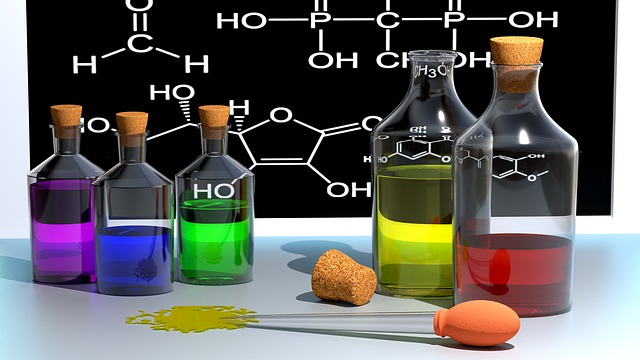
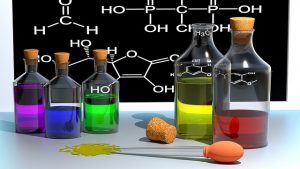
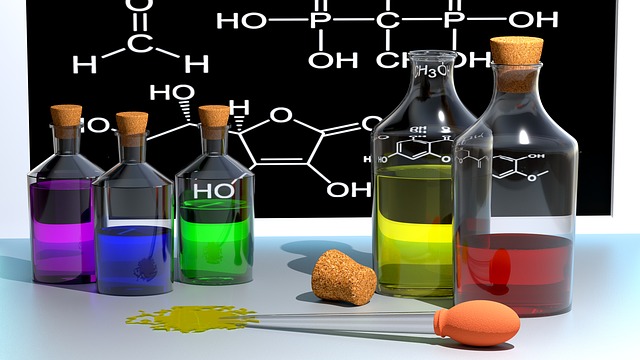
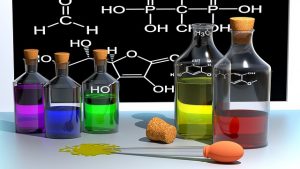




![[PDF PPT] Biotechnology Plant Design - Biotech Laboratory DESIGN CONSTRUCTION & VALIDATION OF GMP](https://pharmawiki.in/wp-content/uploads/2017/04/Biotechnology-Plant-Design-1.jpg)
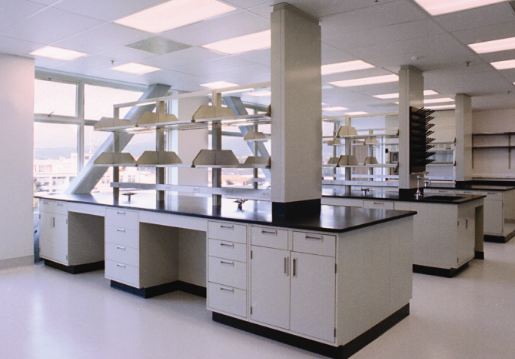
![[PDF PPT] Biotechnology Plant Design - Biotech Laboratory DESIGN CONSTRUCTION & VALIDATION OF GMP](https://pharmawiki.in/wp-content/uploads/2017/04/Biotechnology-Plant-Design-1-300x209.jpg)
